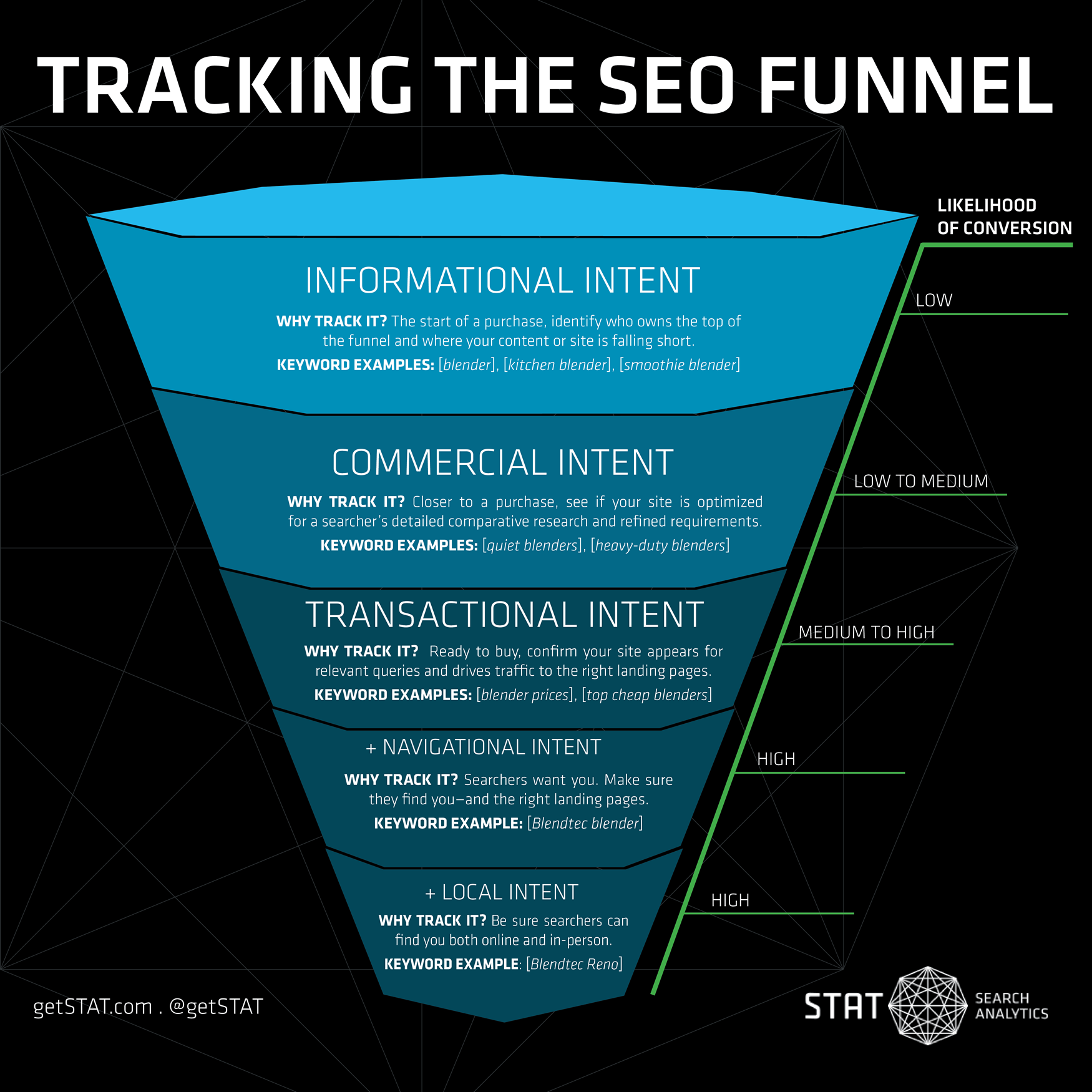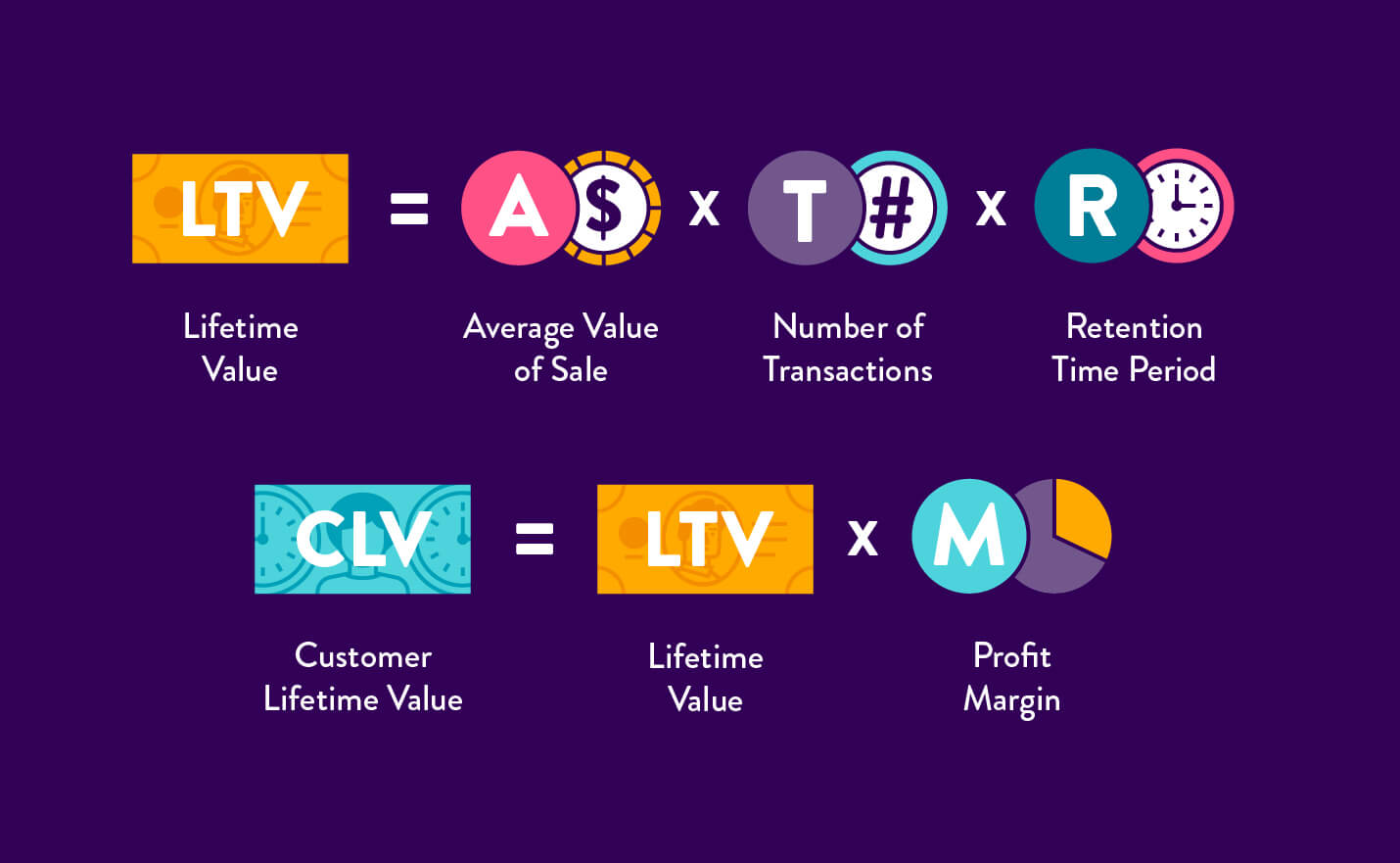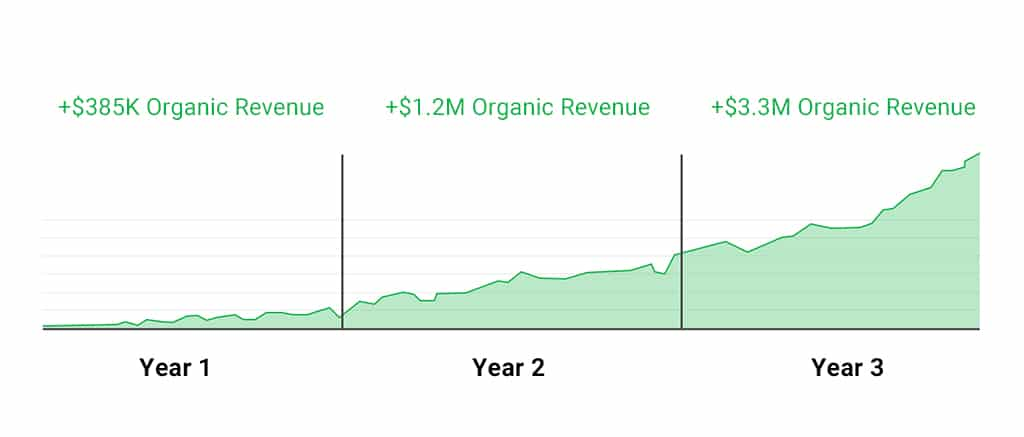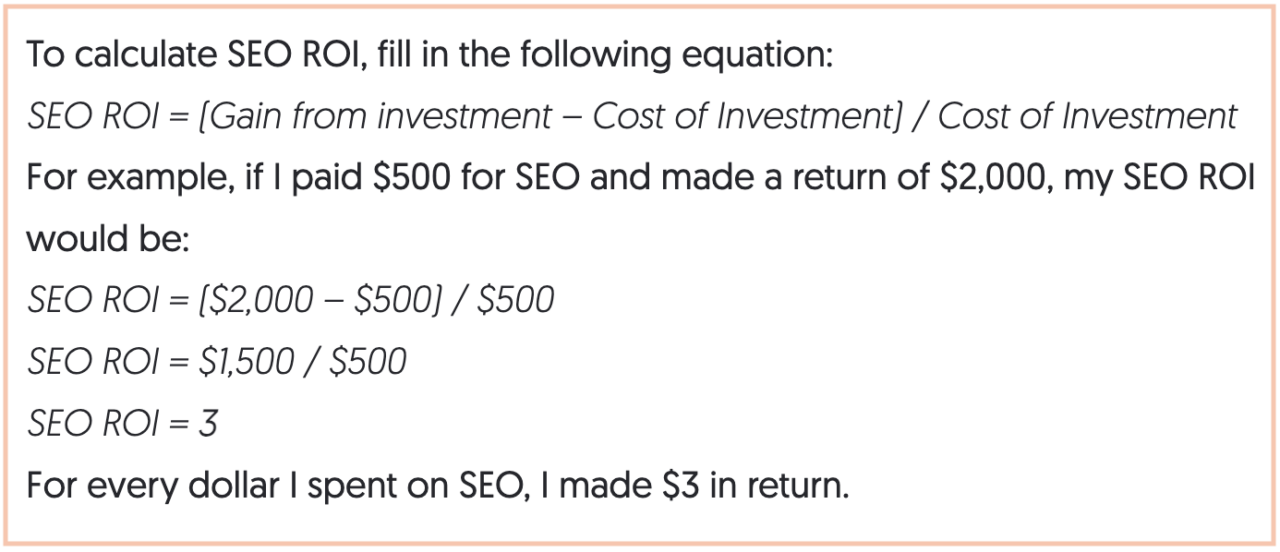When it comes to measuring your search engine optimization activities, it’s crucial to track the right SEO metrics to gauge the effectiveness of your campaigns.
Many people focus on SEO impressions, traffic and rankings, but there are a few key metrics that deserve your attention more than any others.
In this post, we will delve into the main metrics you should track to ensure SEO success.
4 SEO Metrics You Should Track
By measuring the right metrics, you can optimize your strategies and drive meaningful results for your business that amount to greater revenue.
Here are the main four metrics to track.
1) Impressions: An Early Indicator
In the early stages of your SEO campaign, tracking impressions can provide valuable insights into the visibility and reach of your website or content. Impressions refer to the number of times your website or specific content appears in search engine results pages when users conduct relevant searches.
Why are impressions important? Well, they serve as an early indicator of how well your SEO campaign is performing in terms of gaining exposure and capturing the attention of potential visitors.
A high impression count suggests that your website is being displayed prominently in search results, increasing the likelihood of users clicking through to your site.
By diligently monitoring impressions and analyzing them alongside other crucial metrics, you can gain a deeper understanding of the potential success of your SEO efforts. Here’s how:
- Visibility Assessment: Impressions provide a snapshot of your website’s visibility in the vast online landscape. A higher impression count indicates that search engines are recognizing and displaying your content to users searching for relevant keywords. It signifies that your website is being presented to a larger audience, which can be an encouraging sign.
- Keyword Effectiveness: Examining impressions can help you assess the effectiveness of the keywords you are targeting. If certain keywords are generating a substantial number of impressions, it suggests that your content aligns well with user queries. Conversely, low impressions for specific keywords may indicate the need for optimization or reevaluation of your keyword strategy.
- Content Optimization: Analyzing impressions can also shed light on the performance of specific pages or pieces of content. If particular pages receive a significantly higher number of impressions compared to others, it indicates that those pages are more likely to rank well and attract user attention. This insight allows you to focus your optimization efforts on the pages that have the potential for greater visibility and impact.
- User Intent Alignment: When you consider impressions alongside other metrics, such as click-through rate (CTR) and bounce rate, you can gain insights into how well your content aligns with user intent. If your impressions are high, but your CTR is low, it may suggest that your content is not effectively appealing to users or fulfilling their needs. This knowledge empowers you to fine-tune your content strategy and make improvements that align more closely with users’ search intent through the SEO funnel:

It’s important to note that while impressions provide valuable early indicators, they are not the sole measure of success. They represent the initial exposure of your content, and their true value is unlocked when combined with other metrics such as click-through rate, conversions and revenue.
2) Conversions: The Penultimate Goal
Conversions encompass a wide range of actions that users take on your website, demonstrating their engagement and interest in your offerings. These actions can include:
- making a purchase
- filling out a form
- signing up for a newsletter
- downloading a resource
- or any other measurable action that aligns with your business goals
Focusing on conversions allows you to go beyond surface-level metrics and gain insights into the effectiveness of your SEO campaign in driving tangible business results.
By understanding the conversion rate — the percentage of visitors who take the desired action — you can evaluate the impact of your SEO strategies on your bottom line.
However, it’s important to note that conversions shouldn’t be considered in isolation. To gain a comprehensive understanding of their value, it’s crucial to consider the lifetime value (LTV) of your customers. LTV refers to the estimated revenue that a customer will generate over the entire duration of their relationship with your business:

Here’s why optimizing for conversions and LTV is essential for your SEO success:
- Aligning with Business Objectives: Conversions reflect the actions that directly contribute to your business goals. By tracking and optimizing for conversions, you ensure that your SEO efforts are in line with your broader objectives, such as increasing sales, generating leads, or building a loyal customer base.
- Measuring Return on Investment: Conversions provide a tangible measure of the return on investment (ROI) from your SEO campaigns. This will help you allocate resources wisely and focus on tactics that yield the highest conversion rates.
- Understanding Customer Value: Considering the lifetime value of your customers helps you determine the true worth of each conversion. Some customers may make a single purchase, while others may become repeat buyers, refer others to your business, or engage in long-term relationships.
- Budget Allocation: Understanding the LTV enables you to allocate your marketing budget more effectively. This strategic approach allows you to optimize your spending and maximize the long-term growth potential of your business:

Remember that conversions are the second-most important goal of your SEO campaign (with the most important ultimately being ROI), and analyzing them alongside other relevant metrics helps you make data-driven decisions and continuously improve your strategies.
Ultimately, by prioritizing conversions and considering the lifetime value of your customers, you can ensure that your SEO efforts generate not just visibility and traffic but also measurable business impact and sustainable growth.
Learn More: SEO & CRO: How Rankings and Conversions Complement Each Other
3) ROI from SEO
When it comes to evaluating the success of your SEO campaigns, many companies tend to focus primarily on metrics like website traffic and rankings.
While these metrics provide valuable insights, they fail to capture the full picture of your SEO efforts’ effectiveness. One often overlooked metric that holds significant importance is the return on investment (ROI) from your SEO campaigns:

ROI measures the profitability of your investments, allowing you to assess how effectively your SEO efforts translate into tangible business results.
To effectively measure ROI from your SEO activities, consider using of Google Analytics. This versatile tool provides valuable data and insights that can help you attribute conversions to your SEO efforts.
Here are some ways you can approach it:
- Tracking SEO Traffic: Google Analytics allows you to track and analyze the number of visitors coming to your website from organic search results.
- Analyzing Buying Behavior: Google Analytics provides powerful e-commerce tracking capabilities that enable you to analyze the behavior of visitors who come from SEO and make purchases or engage in desired actions on your website. You can track metrics such as conversion rate, average order value, and revenue generated from these SEO-driven conversions.
- Attributing Conversions: Through Google Analytics, you can set up conversion tracking and assign appropriate attribution models to attribute conversions to specific touch points, including SEO. This allows you to determine the impact of your SEO efforts on lead generation, sales or any other conversion goals you have set.
- Calculating ROI: Armed with data on the number of conversions attributed to your SEO campaigns and the associated revenue generated, you can calculate the ROI of your SEO activities.
Measuring ROI from SEO not only helps you understand the financial impact of your efforts but also guides future decision-making and resource allocation:

It allows you to identify the most effective strategies, optimize your SEO budget, and ensure that you are investing your resources wisely.
4) Keywords that Are Driving LTV
Identifying the keywords that generate the highest lifetime value (LTV) or revenue is a key step toward refining your SEO efforts. By analyzing the performance of different keywords and their associated conversions, you can gain insights into the intent and behavior of your target audience.
Here’s why focusing on revenue-generating keywords is more valuable than solely optimizing for high-traffic volumes:
- Quality Traffic: Not all traffic is created equal. Some keywords may attract visitors who are merely browsing or seeking general information, while others bring in users with a higher likelihood of converting into customers.
- Higher Conversion Rates: Revenue-generating keywords tend to have higher conversion rates. These keywords align closely with the products or services you offer, addressing specific needs and attracting users who are more likely to make a purchase or take a desired action.
- Maximizing ROI: Focusing on revenue-generating keywords allows you to optimize your SEO budget and resources more effectively. This targeted approach enables you to make strategic decisions, such as investing in content creation or link-building strategies that align with the revenue-generating keywords.
- Building Customer Relationships: By attracting customers through revenue-generating keywords, you have the opportunity to build lasting relationships and increase customer loyalty. When users find what they are looking for and have a positive experience on your website, they are more likely to become repeat customers, refer others or engage in long-term business with your brand.
To identify revenue-generating keywords, you can utilize various tools and techniques such as keyword research, competitive analysis, and analyzing conversion data. Tools like Google Keyword Planner, Semrush and Google Analytics can provide valuable insights into the keywords that drive the highest conversions and revenue.
Final Thoughts on the Main SEO Metrics to Track
To achieve optimal results with your SEO campaigns, tracking the right metrics is paramount.
While SEO traffic and rankings are important, they are just the tip of the iceberg. By focusing on metrics such as ROI, impressions, conversions, and keywords driving LTV, you can gain a comprehensive understanding of your campaign’s performance.
Remember, traffic and conversions go hand in hand, so aim to attract quality traffic that leads to meaningful conversions.
When you measure and optimize based on these SEO metrics, you’ll have a much better picture of the progress of your digital endeavors, demonstrating the results of your efforts and helping inform you of future decisions.
If you’re ready to level up your SEO campaign, Single Grain’s SEO experts can help!👇
Repurposed from our Marketing School podcast.






